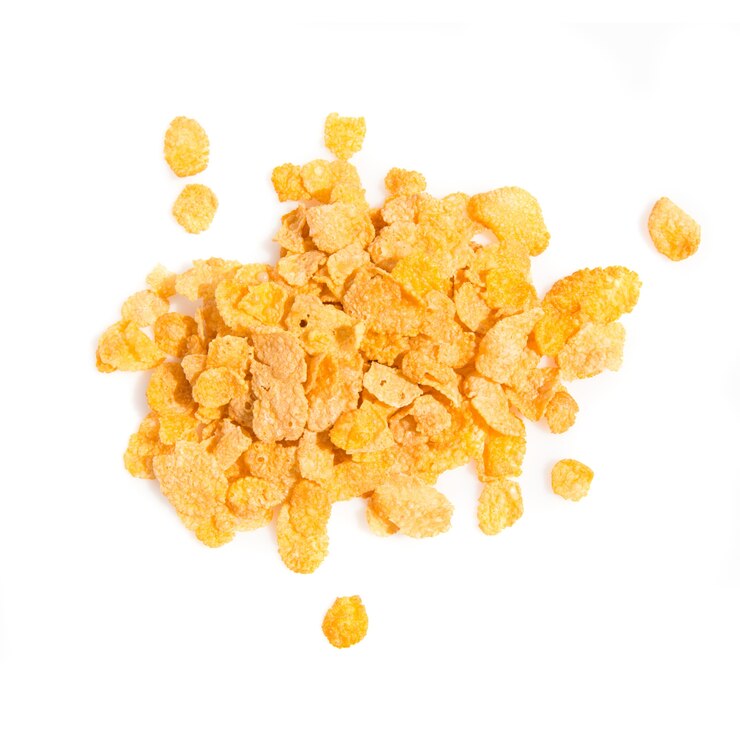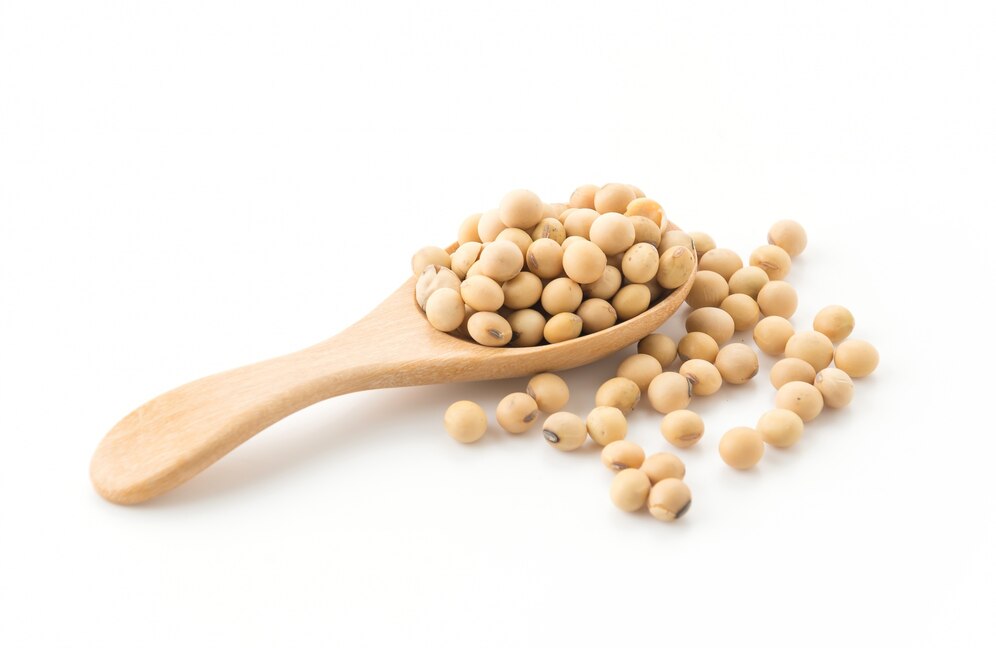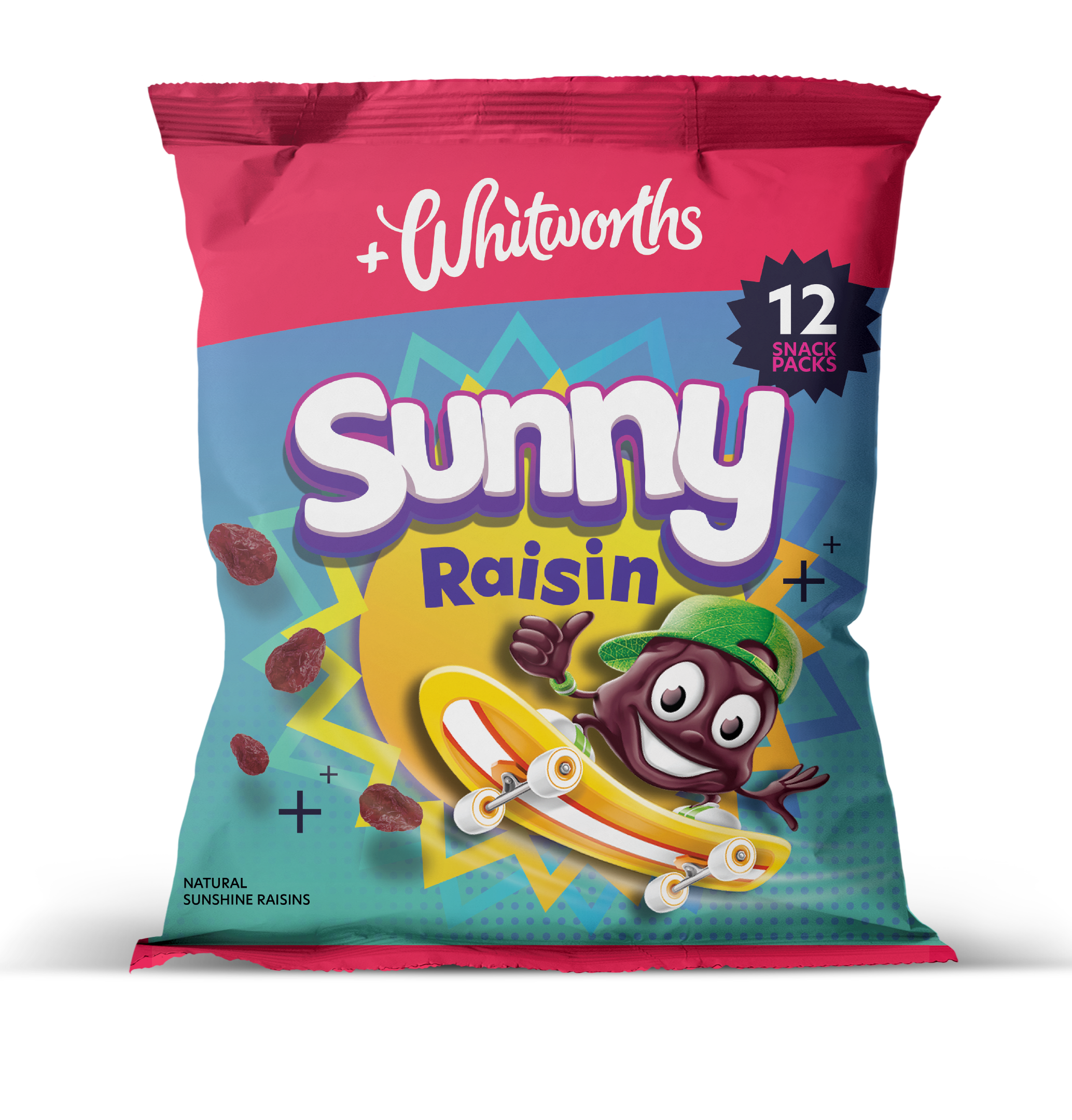Vitamin B6
What is Vitamin B6?
Vitamin B6 (pyridoxine) is a water-soluble vitamin found in foods including chicken, milk, and oats. The UK government recommends an intake of 1.4mg per day for male adults and 1.2mg per day for female adults. For example eating 50g of tempeh and 30g cornflakes would meet the daily intake targets

What is the role of Vitamin B6?
Vitamin B6 is used by the body store the energy from protein and carbohydrates. It is also involved in making red blood cells, which transport oxygen in the body whilst helping to decrease tiredness and supporting a healthy immune system and hormones. Consuming a healthy, balanced and varied diet should provide the amount of vitamin B6 required to meet the recommended intake.
What foods contain Vitamin B6?
Foods rich in Vitamin B6 include pork, chicken, turkey, fish, milk, peanuts, soya beans, oats, wheatgerm, bananas, and fortified breakfast cereal. The body is also able to naturally make Vitamin B6 through the bacteria that live in the bowel.

Further Resources:
- Vitamins and minerals – B vitamins and folic acid – NHS
- Vitamins and Minerals – Nutritional Information
References:
National Health Service (2020). B Vitamins and folic acid. Available at:
https://www.nhs.uk/conditions/vitamins-and-minerals/vitamin-b/ [Accessed 06 September 2024].
National Institutes of Health (2023). Vitamin B6. Available at:
https://ods.od.nih.gov/factsheets/VitaminB6-HealthProfessional/ [Accessed 06 September 2024].
Public Health England (2016). Government Dietary Recommendations: Government recommendations for energy and nutrients for males and females aged 1–18 years and 19+ years. Available at:
https://assets.publishing.service.gov.uk/media/5a749fece5274a44083b82d8/government_dietary_recommendations.pdf [Accessed 21 Aug 2024]
Written By:
Lucy Clarkson, SENR Nutritionist and Database Support, myfood24.








 Back to knowledge library
Back to knowledge library